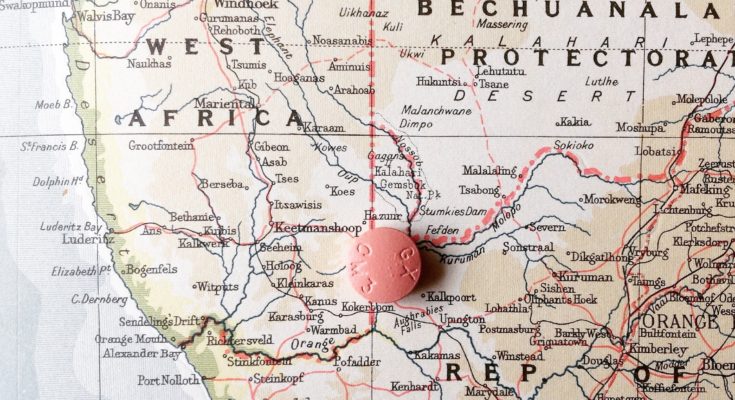Safety when travelling isn’t only making sure pickpockets don’t steal your passport or staying away from dodgy alleys in the dark. Staying safe when traveling also means staying healthy.
Travelling to a high risk malaria area is bound to happen eventually as malaria is transmitted in 91 countries in the tropical and subtropical regions of South and Central America, Asia and on the islands of the Western Pacific. The most malaria infections and over 90% of malaria related deaths does however occur in Africa. While most countries will have clear guidelines as to whether there is a risk of malaria, areas can also be seasonal malaria habitats, with mosquitoes breeding and feeding during or just after the rainy season, such as in the Etosha National Park in Namibia, so make sure to check before travelling.
Usually found close to stagnant, shallow water sources where mosquitoes can lay and nurture their eggs, males feed on nectar and only female mosquitoes feed on blood causing itchy, red spots on humans. Bites usually occur between dusk and dawn. Carried by 30 different species of the Anopheles mosquito, a bite from the female mosquito introduces Plasmodium parasites into the bloodstream, which in turn travels to the the liver where it multiplies and matures. Through a fast and dangerous life cycle, parasites infect and eventually burst red blood sells, causing serious health complications and possibly even death.
Once bitten and infected, symptoms usually start presenting themselves after 10 to 15 days, including:
- Headaches
- chills
- fever
- tiredness
- vomiting
Because of the common flu-like symptoms, the early detection of malaria is difficult and it is often misdiagnosed, especially in areas where malaria is less common. This poses a great threat to North American and European travelers that have been exposed to malaria, as symptoms only present themselves once home where malaria is often not considered or tested for. It is therefore very important to let family and medical staff know that you have traveled to a malaria area because if left untreated, malaria causes serious seizures, respiratory distress, organ dysfunction and eventually, death.
The World Health Organisation (WHO) estimates that during 2018, malaria caused over 405 000 deaths and that over 228 million people were infected with the disease. No wonder mosquitoes are considered by many the most dangerous animal in the world! It can, however, be cured completely with the help of proper medical care.
There is currently no effective vaccine available, but malaria is preventable and due to global efforts the number of infections and deaths have dropped significantly over the last few years.
When travelling, protect yourself against malaria by following these top tips:
- Sleep under a mosquito net, preferably one that is chemically treated like long-lasting insecticidal nets (LLINs)
- Use a reliable insect repellent spray all over your body
- Avoid being outside from sunset to dawn as this is when most bites occur
- Wear clothing that covers your arms, wrists, ankles and feet as these areas are usually targeted by mosquitoes
- Keep away from stagnant, shallow water
- Use antimalarial medications (prophylaxis) usually before, during and after visiting a malaria area. Do consult your doctor or travel clinic regarding the best type and brand for you.
Using long-lasting insecticide nets (LLINs) is one of the most effective ways in protecting communities in rural and underdeveloped countries. It is cheap, effective, lasts up to 4 years and with the help of organisations like the Against Malaria Foundation, nets are distributed to those most vulnerable. Each mosquito net costs $2.50, less than a regular Starbucks cup of coffee, and are bought with donations and sponsorship from people like us. To help the Against Malaria Foundation in their cause, please donate here.




